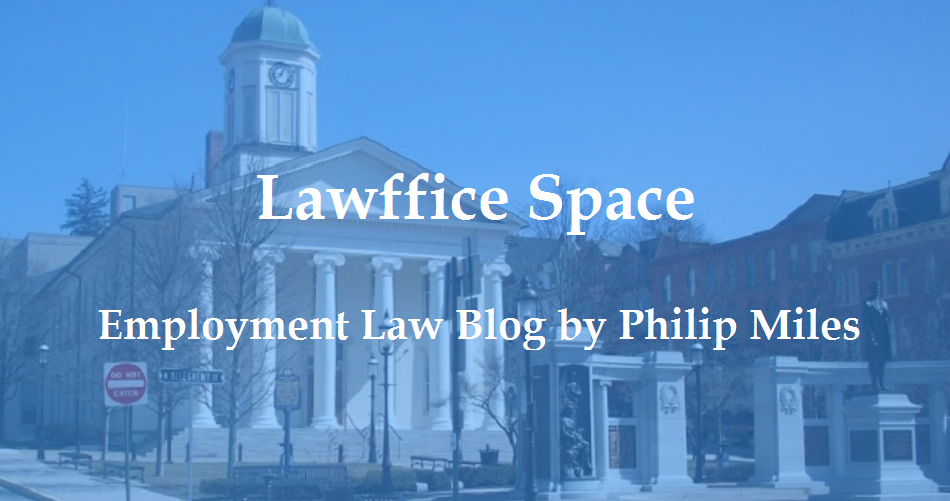While this is not shocking, it is still big news - the Northern District of Texas struck down the FTC's proposed ban on noncompetes, which was to take effect on September 4, 2024. You can read the Court's Opinion and Order in Ryan LLC v. Federal Trade Commission here.
In short: "The Non-Compete Rule, 16 C.F.R. § 910.1–.6, is hereby SET ASIDE and shall not be enforced or otherwise take effect on September 4, 2024, or thereafter." The Court held that "the FTC lacks statutory authority to promulgate the NonCompete Rule, and that the Rule is arbitrary and capricious."
What now? Well, for now noncompetes remain as enforceable as they were before the FTC rule, and employers can hold off on sending those notices of unenforceability to employees with noncompetes. We will likely see an appeal from the FTC. It is possible (but in my opinion unlikely) that an appellate court will take swift action to reinstate the rule. Longer term, there will be some appellate action and other pending litigation playing out. Yes, the ol' "stay tuned."




